Namibia - Endemics, Etosha & Mammals 2016
Thursday 2nd June – Wednesday 15th June
The continent of Africa affords the travelling birder a huge variety of amazingly exciting tours and Namibia is one of those 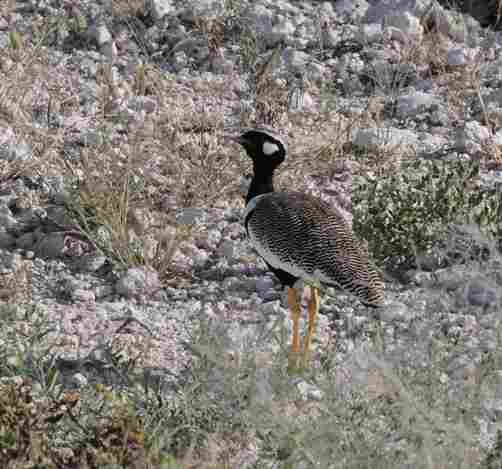 ‘must visit’ countries as it offers one of the best African Safari experiences available. Combine this with a number of endemic and near-endemic birds, including species such as Rockrunner, White-tailed Shrike, Dune Lark, Monteiro’s Hornbill and Ruppell’s Korhaan, and you have the perfect destination for an easy birding holiday. We will visit all the best birding sites Namibia has to offer, beginning along the Skeleton Coast where huge concentrations of waders and seabirds congregate and we take a pelagic trip to observe them, before continuing into the stark landscape of the Namib Desert. And then we travel up into the Spitzkoppe and Erongo Mountains before reaching the fabulous Etosha National Park, which has a reputation of providing some of the best mammal watching possible anywhere in the world with the chance to see Elephant, Giraffe, Lion, Leopard, Spotted Hyena and Black Rhino amongst others. Covering 22,270 square kilometres Etosha is one of Africa’s finest and most dramatic national parks, and epitomises all those wonderful wildlife films we marvel at on television. Anyone with a love of nature should visit here at least once in their lives to witness the spectacle of birds and game, in what must rank as one of Africa’s greatest wildlife experiences. With good roads, perfectly located lodges, excellent food, stunning scenery and fantastic wildlife this holiday will deliver the ultimate African experience.
‘must visit’ countries as it offers one of the best African Safari experiences available. Combine this with a number of endemic and near-endemic birds, including species such as Rockrunner, White-tailed Shrike, Dune Lark, Monteiro’s Hornbill and Ruppell’s Korhaan, and you have the perfect destination for an easy birding holiday. We will visit all the best birding sites Namibia has to offer, beginning along the Skeleton Coast where huge concentrations of waders and seabirds congregate and we take a pelagic trip to observe them, before continuing into the stark landscape of the Namib Desert. And then we travel up into the Spitzkoppe and Erongo Mountains before reaching the fabulous Etosha National Park, which has a reputation of providing some of the best mammal watching possible anywhere in the world with the chance to see Elephant, Giraffe, Lion, Leopard, Spotted Hyena and Black Rhino amongst others. Covering 22,270 square kilometres Etosha is one of Africa’s finest and most dramatic national parks, and epitomises all those wonderful wildlife films we marvel at on television. Anyone with a love of nature should visit here at least once in their lives to witness the spectacle of birds and game, in what must rank as one of Africa’s greatest wildlife experiences. With good roads, perfectly located lodges, excellent food, stunning scenery and fantastic wildlife this holiday will deliver the ultimate African experience.
TARGETS:
|
|
DAYS 1 - 2 UK – Windhoek - 2nd to 3rd June
Following an overnight flight from UK to Windhoek via Johannesburg, our birding will begin almost immediately after dropping our bags in the vehicle! Some of the commoner species to be seen on leaving the airport should include Namaqua Dove, South African Cliff Swallows, Rock Martin, Little and White-rumped Swifts, Cape Wagtail, Grassveld Pipit, Fork-tailed Drongo, Cape Glossy Starling and many others. We will then go to our hotel and check-in and depending on flight arrival times could have a few hours to visit a nearby site where we hope to find some very good birds, such as Short-toed Rock-thrush, Ruppell’s Parrot, Monteiro’s, Red and Yellow-billed Hornbills, Rockrunner, Pearl-spotted Owlet, and a fine trio of Pin-tailed, Shaft-tailed and Long-tailed Whydahs. Night at Safari Hotel, Windhoek.
DAYS 3 - 5 Windhoek - Namib Desert - Walvis Bay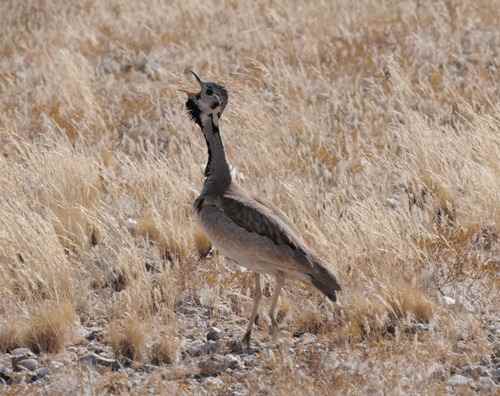 We start the day with an early morning walk around the hotel grounds and after breakfast will start our journey that will lead us towards the Namib Desert (for an overnight stay at Solitaire), and finally to the coast at Walvis Bay where we stay for two nights. Crossing over the central escarpment first, where we will have our first attempt at locating the very skulking Herero Chat. Our journey will then give us opportunities to find some very important desert specialities such as Ruppell’s Korhaan, Burchell’s Courser, Namaqua Sandgrouse, White-throated Canary, Rock Kestrel, Augur Buzzard and Tractrac Chat, as well as a good variety of larks including Stark’s and Gray’s Lark. The latter species is endemic to the coastal deserts of Namibia and Angola, is gregarious in habit and they try to avoid detection as their very pale plumage blends in with the similarly bleached habitat. Other possibilities include Verreaux’s Eagle, Black-chested Snake-eagle, Mountain Wheatear, Long-billed Pipit and Cape Bunting.
We start the day with an early morning walk around the hotel grounds and after breakfast will start our journey that will lead us towards the Namib Desert (for an overnight stay at Solitaire), and finally to the coast at Walvis Bay where we stay for two nights. Crossing over the central escarpment first, where we will have our first attempt at locating the very skulking Herero Chat. Our journey will then give us opportunities to find some very important desert specialities such as Ruppell’s Korhaan, Burchell’s Courser, Namaqua Sandgrouse, White-throated Canary, Rock Kestrel, Augur Buzzard and Tractrac Chat, as well as a good variety of larks including Stark’s and Gray’s Lark. The latter species is endemic to the coastal deserts of Namibia and Angola, is gregarious in habit and they try to avoid detection as their very pale plumage blends in with the similarly bleached habitat. Other possibilities include Verreaux’s Eagle, Black-chested Snake-eagle, Mountain Wheatear, Long-billed Pipit and Cape Bunting.
The next morning is set aside for a pelagic trip in search of offshore birds including White-chinned Petrel, Sooty and Manx Shearwaters, Wilson's Storm-petrel, Cape Gannet, Cape Cormorant, Sabine's Gull, Pomarine Skua, Arctic, Common and Black Terns and perhaps African Penguin, Shy Albatross, Atlantic Yellow-nosed Albatross, Southern Giant Petrel or Pintado Petrel. Mammals include Cape Fur Seals, Bottlenose, Dusky and the rare Heaviside's Dolphin, which is endemic to the Southern African coastline. Afterwards we will spend some quality time around the Walvis Bay Lagoon, which has been listed as a Ramsar Site because this wetland is of international importance. Literally thousands of Palearctic waders winter here, but we will be more interested in finding African Black Oystercatcher, Chestnut-banded, Kittlitz’s, Three-banded and White-fronted Plovers. Many more familiar wader species can be found amongst the mass of shorebirds that should still be present at this time of year and the spectacle should be quite exhilarating. Also present here are Crowned and Bank Cormorants, Greater and Lesser Flamingos, White Pelican, South African Shelduck, Maccoa Duck, Cape Shoveler, Damara, Swift and Caspian Terns, and Cape and Hartlaub's Gulls. In the late afternoon we will travel back into the desert to locate the only true endemic bird species for Namibia, Dune Lark, which lives amongst sand dunes covered with dune grass. Nights at Pelican Bay Hotel, Walvis Bay.
DAY 6 Walvis Bay - Swakopmund - Spitzkoppe - Omaruru
Leaving the coast we now drive east to Spitzkoppe, an area resembling Switzerland that rises above the surrounding plains and at 1728m is one of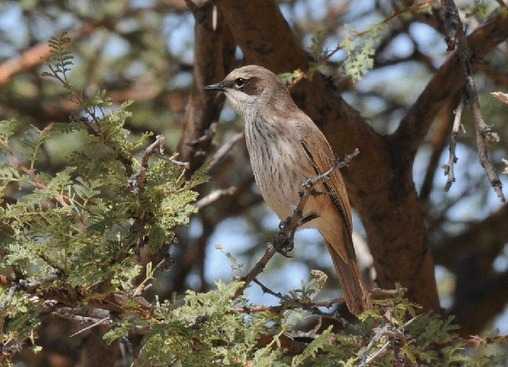 Namibia’s most recognisable landmarks, rising like a mirage above the dusty Namib Desert. This area is home to some great birds, including the rare Herero Chat that we have a very good chance of seeing here. Amongst the boulder scree and steep-sided valleys we will search for a wide variety of species which include Abdim’s Stork, White-backed and Lappet-faced Vultures, Tawny and Martial Eagles, Pale-chanting Goshawk, Lanner Falcon, Ludwig’s Bustard, Ruppell’s and Northern Black Korhaans, Burchell’s Courser, Namaqua and Double-banded Sandgrouse, White-tailed Shrike, Rosy-faced Lovebird, Lilac-breasted Roller, Common Fiscal, Kalahari Scrub-robin, Layard’s Tit-babbler, Cinnamon-breasted and Golden-breasted Buntings, Pale-winged, Burchell’s and Cape Glossy Starlings, Red-headed Finch, Black-throated Canary and Violet-eared Waxbill. There are also plenty of larks to sort out, such as Monotonous, Long-billed, Spike-heeled and Red-capped, as well as Grey-backed Finch-lark. We also have a chance to see Spotted Eagle-owl and both Baboon and Rock Hyrax. Night at Omaruru.
Namibia’s most recognisable landmarks, rising like a mirage above the dusty Namib Desert. This area is home to some great birds, including the rare Herero Chat that we have a very good chance of seeing here. Amongst the boulder scree and steep-sided valleys we will search for a wide variety of species which include Abdim’s Stork, White-backed and Lappet-faced Vultures, Tawny and Martial Eagles, Pale-chanting Goshawk, Lanner Falcon, Ludwig’s Bustard, Ruppell’s and Northern Black Korhaans, Burchell’s Courser, Namaqua and Double-banded Sandgrouse, White-tailed Shrike, Rosy-faced Lovebird, Lilac-breasted Roller, Common Fiscal, Kalahari Scrub-robin, Layard’s Tit-babbler, Cinnamon-breasted and Golden-breasted Buntings, Pale-winged, Burchell’s and Cape Glossy Starlings, Red-headed Finch, Black-throated Canary and Violet-eared Waxbill. There are also plenty of larks to sort out, such as Monotonous, Long-billed, Spike-heeled and Red-capped, as well as Grey-backed Finch-lark. We also have a chance to see Spotted Eagle-owl and both Baboon and Rock Hyrax. Night at Omaruru.
DAY 7 Omaruru - Outjo - Etosha - Okaukuejo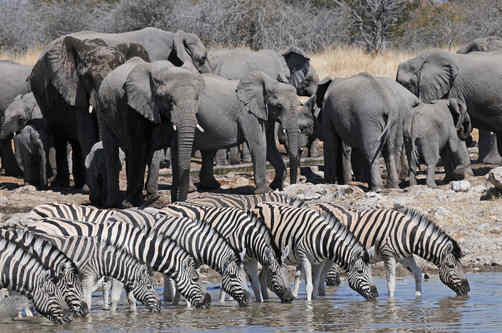 We will rise up early next morning to drive roughly 10 kilometres towards the Erongo Mountains in search of such localized species as Hartlaub’s Francolin, Carp’s Black Tit, White-tailed Shrike and Damara Rockrunner. Mammals may well include Klipspringer and Rock Hyraxes. After breakfast we will move towards the world-renowned Etosha National Park, covering 22,270 square kilometres this is one of Africa’s finest and most dramatic national parks. The word 'Etosha' means "big white place", which refers to the great Etosha Pan that dominates the centre of the park. The pan is simply the floor of a large, shallow inland lake, one hundred kilometres long by fifty-six kilometres wide, which long ago dried up. The rest of the park comprises gravel beds, open grassland, savannah, thorn thicket and mixed woodland, and during our stay here we will visit all the major habitats. Water-holes can be found all over the park and it is at these that we will concentrate our efforts to look for Elephant, Giraffe, Greater Kudu, Burchell’s Zebra, Leopard, Lion, Spotted Hyena, and the rare Black Rhino. Cheetahs are also possible, and out on the open plains we may find herds of Springbok, Black-faced Impala, Gemsbok and Blue Wildebeest, alongside Black-backed Jackal, Warthog, Red Hartebeest and the tiny Damara Dik-Dik. This is a very exciting day as there are just so many birds to get out of the vehicles for, especially raptors, and we may well see White-backed, White-headed and Lappet-faced Vultures, Bateleur, Brown Snake-Eagle, Tawny and Martial Eagles, African Hawk-eagle and many more! Other possibilities include Red-necked Spurfowl, Little Sparrowhawk, Black Cuckoo, Common Scimitarbill, Capped Wheatear, Black-backed Puffback,
We will rise up early next morning to drive roughly 10 kilometres towards the Erongo Mountains in search of such localized species as Hartlaub’s Francolin, Carp’s Black Tit, White-tailed Shrike and Damara Rockrunner. Mammals may well include Klipspringer and Rock Hyraxes. After breakfast we will move towards the world-renowned Etosha National Park, covering 22,270 square kilometres this is one of Africa’s finest and most dramatic national parks. The word 'Etosha' means "big white place", which refers to the great Etosha Pan that dominates the centre of the park. The pan is simply the floor of a large, shallow inland lake, one hundred kilometres long by fifty-six kilometres wide, which long ago dried up. The rest of the park comprises gravel beds, open grassland, savannah, thorn thicket and mixed woodland, and during our stay here we will visit all the major habitats. Water-holes can be found all over the park and it is at these that we will concentrate our efforts to look for Elephant, Giraffe, Greater Kudu, Burchell’s Zebra, Leopard, Lion, Spotted Hyena, and the rare Black Rhino. Cheetahs are also possible, and out on the open plains we may find herds of Springbok, Black-faced Impala, Gemsbok and Blue Wildebeest, alongside Black-backed Jackal, Warthog, Red Hartebeest and the tiny Damara Dik-Dik. This is a very exciting day as there are just so many birds to get out of the vehicles for, especially raptors, and we may well see White-backed, White-headed and Lappet-faced Vultures, Bateleur, Brown Snake-Eagle, Tawny and Martial Eagles, African Hawk-eagle and many more! Other possibilities include Red-necked Spurfowl, Little Sparrowhawk, Black Cuckoo, Common Scimitarbill, Capped Wheatear, Black-backed Puffback,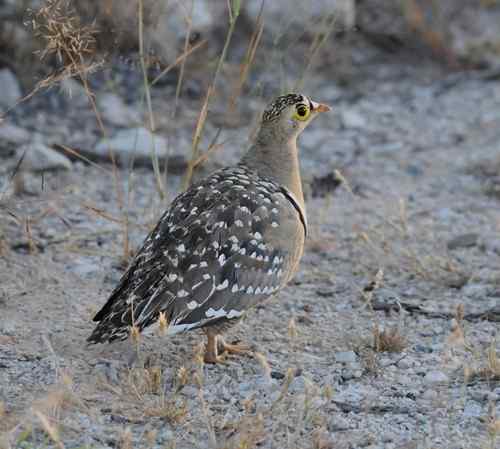 Brubru, Southern White-crowned Shrike, Red-billed Buffalo-weaver, and both Spectacled and Chestnut Weavers. By late afternoon we should have reached the Okaukuejo Resort in Etosha where we will spend the night. At times the waterhole at Okaukuejo is regarded as the best waterhole in the world to view large mammals ranging from Elephants and Lions, to the endangered Black Rhino and many more antelope species.
Brubru, Southern White-crowned Shrike, Red-billed Buffalo-weaver, and both Spectacled and Chestnut Weavers. By late afternoon we should have reached the Okaukuejo Resort in Etosha where we will spend the night. At times the waterhole at Okaukuejo is regarded as the best waterhole in the world to view large mammals ranging from Elephants and Lions, to the endangered Black Rhino and many more antelope species.
Amongst the astonishing array of 340 bird species recorded here we will be looking for Ostrich, Blue Crane, Kori Bustard, Swainson's Spurfowl, Red-crested Korhaan, Double-banded Courser, Spotted Thick-knee, Secretarybird, Spotted Eagle-owl, Meyer’s Parrot, Sabota, Spike-heeled, Pink-billed, Red-capped and Clapper Larks, Violet Wood-hoopoe, Southern White-crowned, Crimson-breasted, Red-backed and Lesser Grey Shrikes, White Helmetshrike, Black-faced and Southern Pied Babblers, Wattled Starling, Long-billed and Grassveld Pipits, Marico, Scarlet-chested and White-bellied Sunbird, Melba and Scaly-feathered Finch, Yellow-bellied and Burnt-necked Eremomelas, Carp’s Black Tit, Chestnut Weaver, Blue Waxbill, Golden-breasted Bunting, and both Paradise and Shaft-tailed Whydahs. Raptors are well represented with 35 species being recorded, from Bateleur and Martial Eagle to the tiny Pygmy Falcon, and we could see up to 12 different ducks include White-backed Duck, Hottentot Teal and South African Shelduck. Our time spent in this park will be very special and there will be wonderful opportunities for photography, as well as being able to take our time to watch the wildlife and fully appreciate Etosha in all its glory. We will spend the next three nights at three different camps, including one that overlooks a floodlit waterhole, to maximise our opportunities of seeing as much as possible here. Night at Okaukuejo Resort, Etosha.
DAY 8 Okaukuejo - Halali (Etosha)
After spending some time birding around the area we will set off towards the middle camp at Halali, which is good for Harlequin Quail, Red-billed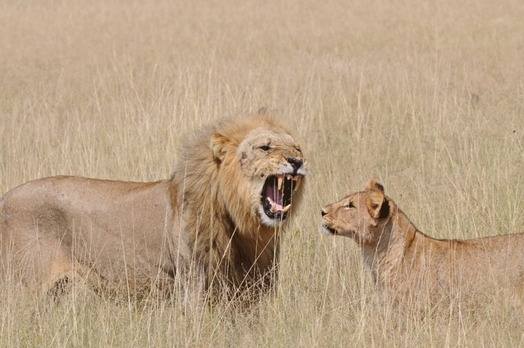 Francolin, Helmeted Guineafowl, Greater Kestrel, Violet Wood-hoopoe, African Scops-owl, White–faced Scops-owl, Crimson-breasted Gonolek, Sharp-billed Honeyguide, Chat Flycatcher, Bare-cheeked and Southern Pied Babblers, White-crested Helmet-shrike, Pirit Batis, barred and Rufous-eared Warblers, flocks of Red-billed Quelea, Grey-backed Sparrow-lark and many other species. This area is already very good for Leopards, so our eyes will be peeled!!! The floodlit waterhole at night might give us more Black Rhinos and a very slight chance for Marsh Owl. Night at Halali.
Francolin, Helmeted Guineafowl, Greater Kestrel, Violet Wood-hoopoe, African Scops-owl, White–faced Scops-owl, Crimson-breasted Gonolek, Sharp-billed Honeyguide, Chat Flycatcher, Bare-cheeked and Southern Pied Babblers, White-crested Helmet-shrike, Pirit Batis, barred and Rufous-eared Warblers, flocks of Red-billed Quelea, Grey-backed Sparrow-lark and many other species. This area is already very good for Leopards, so our eyes will be peeled!!! The floodlit waterhole at night might give us more Black Rhinos and a very slight chance for Marsh Owl. Night at Halali.
DAYS 9 - 10 Halali - Namutoni (Etosha)
Today we will drive to our next accommodation at Namutoni Fort, which is situated inside the park and is our base for the next two nights. From here we will be exploring the eastern side of Etosha, a very good area to see Leopards and also very good for sightings of Giraffes drinking at waterholes. Early morning we enter the park and late in the morning we will return to the lodge for lunch and an afternoon 'siesta' before re-entering the park mid-afternoon for another game and birdwatching drive. This area might also produce species such as Crested Francolin, Swainson's Spurfowl, Kori Bustard, Red-crested Korhaan, Northern Black Korhaan, Burchell's Sandgrouse, Verreaux's Eagle-owl, Lappet-faced Vulture, Red-necked Falcon, Temminck’s Courser, Violet Wood-hoopoe, White-browed Scrub-robin, Burnt-necked Eremomela, Yellow-breasted Apalis, Black-faced Babbler, Long-tailed Paradise-whydah, good chances of Secretarybird, and the much-wanted Blue Crane. Nights at Mokuti Lodge.
DAY 11 Namutoni - Otjiwarongo Sewage Ponds - Waterberg Plateau
From Etosha National Park we travel south towards the Waterberg Plateau Park. Rising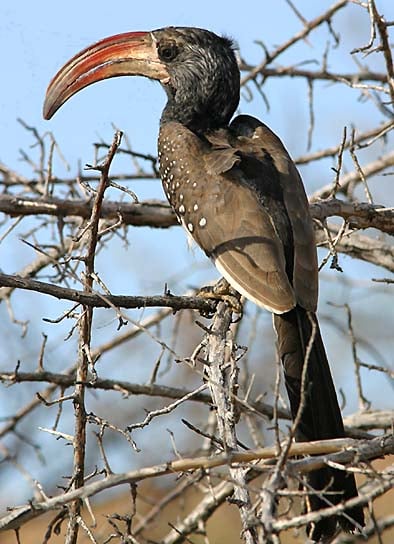 almost 200 metres above the surrounding African bush, the Waterberg Plateau with its dramatic brick-red sandstone formations and thick green vegetation, forms an island of colour above the flat acacia covered plains. The park covers 405 square kilometres and was originally created in 1972 as a haven for several rare and endangered species of the Caprivi region of Namibia such as Cape Buffalo, Sable and Roan Antelopes and Tsessebe. Before getting to Waterberg Plateau Park, we will visit the Otjiwarongo Sewerage ponds for chances of species including Hottentot Teal, Hamerkop, and loads of waterfowl. We will stay at Waterberg Park for one night and it is a good spot to try and locate species we have previously missed out on, especially near-endemics such as Ruppells’ Parrot, Violet Wood-hoopoe, Carp’s Black Tit, Rockrunner and Hartlaub’s Francolin. There’s a whole range of good birding around this area with such delights as Cape Vulture, Pale Chanting Goshawk, Bradfield’s, Yellow-billed, Damara and African Grey Hornbills, Golden-tailed Woodpecker, Klaas’s, Diederik, Black, Great-spotted, Levaillant’s, African and European Cuckoo, Short-toed Rock-thrush, Ashy Tit, Bleating Warbler and Cape Penduline-tit. As dusk approaches we could even see Orange River Francolin, Honey Badger or a Porcupine coming in to drink at some small pools. This is a great place to search for wildlife and will make a superb ending to our tour. Night at Waterberg Plateau Park Resort.
almost 200 metres above the surrounding African bush, the Waterberg Plateau with its dramatic brick-red sandstone formations and thick green vegetation, forms an island of colour above the flat acacia covered plains. The park covers 405 square kilometres and was originally created in 1972 as a haven for several rare and endangered species of the Caprivi region of Namibia such as Cape Buffalo, Sable and Roan Antelopes and Tsessebe. Before getting to Waterberg Plateau Park, we will visit the Otjiwarongo Sewerage ponds for chances of species including Hottentot Teal, Hamerkop, and loads of waterfowl. We will stay at Waterberg Park for one night and it is a good spot to try and locate species we have previously missed out on, especially near-endemics such as Ruppells’ Parrot, Violet Wood-hoopoe, Carp’s Black Tit, Rockrunner and Hartlaub’s Francolin. There’s a whole range of good birding around this area with such delights as Cape Vulture, Pale Chanting Goshawk, Bradfield’s, Yellow-billed, Damara and African Grey Hornbills, Golden-tailed Woodpecker, Klaas’s, Diederik, Black, Great-spotted, Levaillant’s, African and European Cuckoo, Short-toed Rock-thrush, Ashy Tit, Bleating Warbler and Cape Penduline-tit. As dusk approaches we could even see Orange River Francolin, Honey Badger or a Porcupine coming in to drink at some small pools. This is a great place to search for wildlife and will make a superb ending to our tour. Night at Waterberg Plateau Park Resort.
DAY 12 Waterberg Plateau - Windhoek
We can spend the morning exploring the wonderful Waterberg Plateau in search of any species still missing from our lists. After lunch we will return to Windhoek for our final evening meal together. Night in Windhoek.
DAYS 13 - 14 Windhoek - UK - 14th to 15th June
After a few hours birding this morning we will head to the airport and our afternoon flight back to the UK and conclusion of a wonderful tour.
Leaders: Charles Rhyn.
Ground Price: £2525.00 – Windhoek/Windhoek
Airfare: £900 - £1100 (approx) - UK/UK
Zoothera Tour Prices Explained
Single supplement: £295.00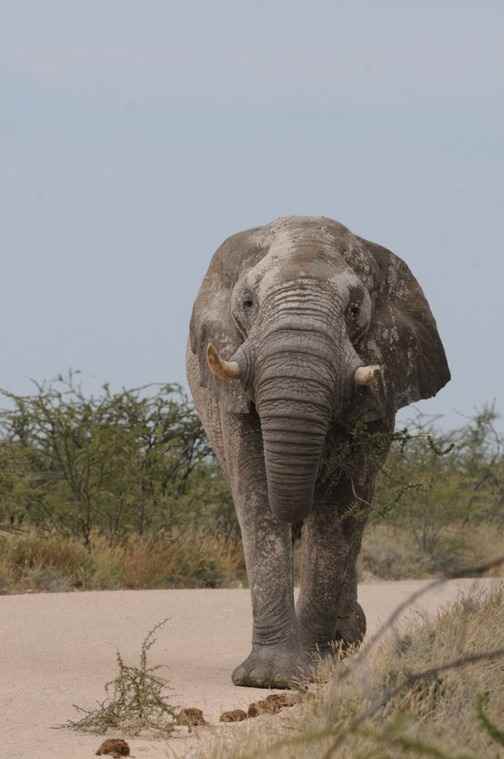
Deposit: £500.00
Group size: Minimum for tour to go ahead 4 and maximum 8
Included in cost: Accommodation in twin rooms en-suite, all meals including picnic lunches, bottled water, transport throughout, all park entrance fees, and services of local guides and leaders.
Not included: International airfare, insurance, departure tax, camera fees, drinks, tips and items of a personal nature.
Accommodation: All hotels are of a reasobable to good standard and are en-suite. We endeavour to stay in the best available accommodation close to the birding sites to cut out any unnecessary long drives before reaching the best birding areas each day.
Tour Code: This is a standard and fairly easy tour. Walking is of an easy nature but there are several long drives, although the roads are good. This is the start of the dry season, so some areas could be quite dusty. We expect most days to be warm to hot, although sea fog can make the coastal areas quite chilly at this time of year.
April 2014 Photo Gallery - click here.
April 2014 Tour Report - click here.
July 2014 Photo Gallery - click here.
July 2014 Tour Report - click here.
Receive our e-newsletter:
Join the Zoothera e-mailing list for up-to-date news on new tours, tour reports and special offers.
Click Here to sign up.
The air holidays and flights shown are ATOL protected by the Civil Aviation Authority.
Our ATOL number is 10436. Please see our Terms and Conditions for more information.
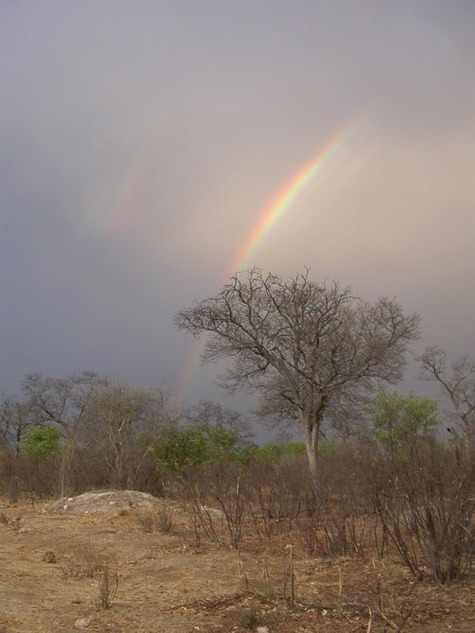 Etosha National Park will certainly provide many wonderful sightings - who knows what you will see? Etosha National Park will certainly provide many wonderful sightings - who knows what you will see? |
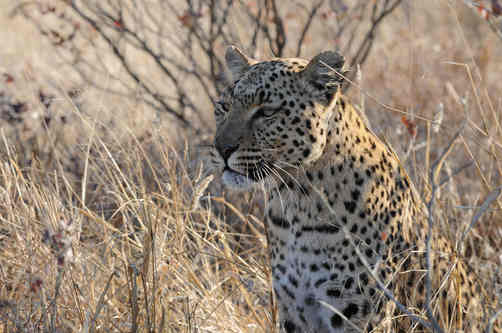 This Leopard showed very well at Etosha on our last tour This Leopard showed very well at Etosha on our last tour |
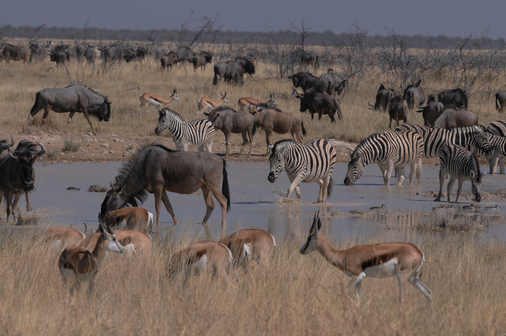 A typical sight in Etosha A typical sight in Etosha |
